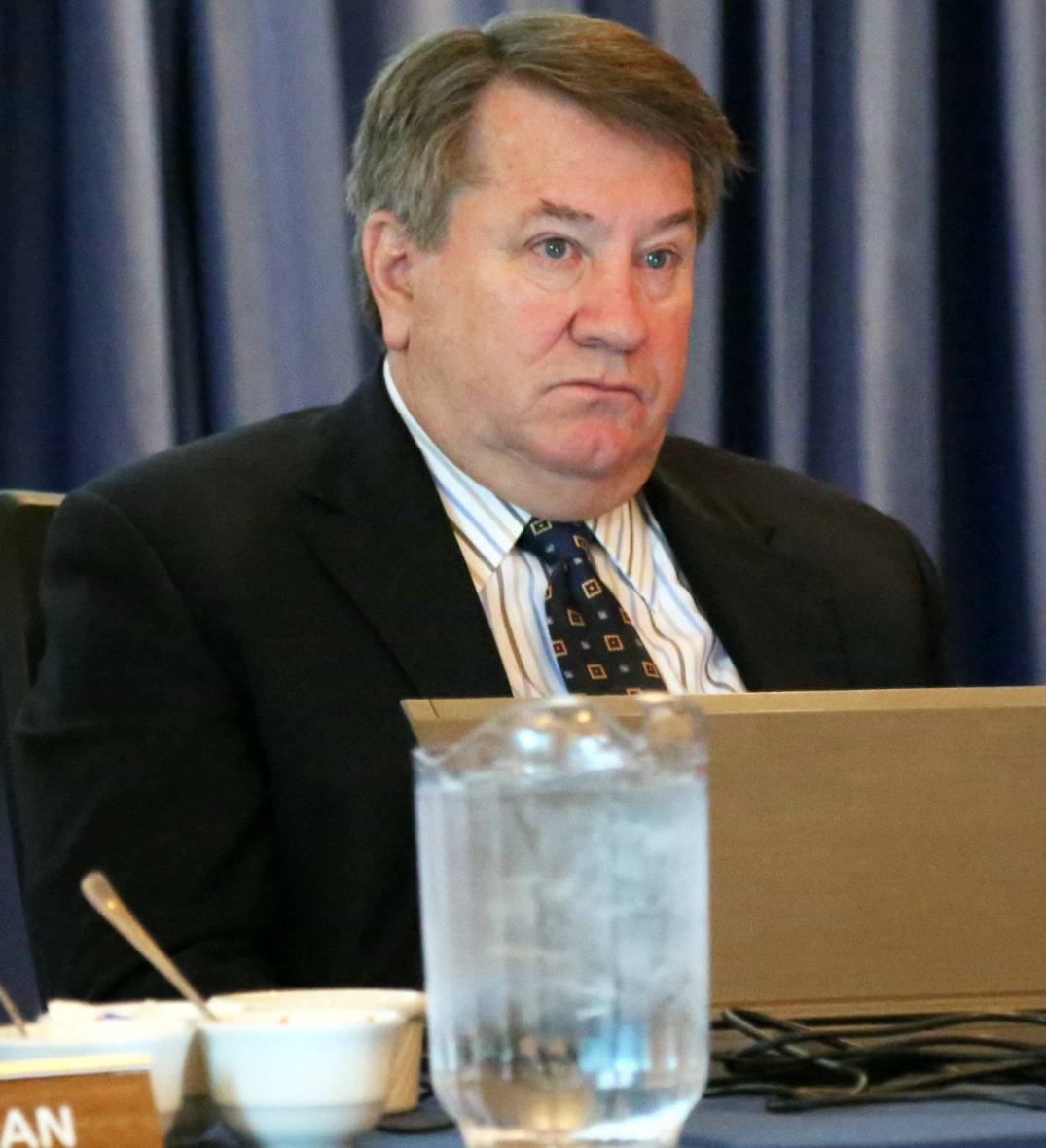A newly released national study offered some disturbing news: Idaho has one of the nation’s highest concentrations of schools with low graduation rates.
But the news shouldn’t necessarily come as a surprise — and not to anyone who paid attention to the 2016 legislative session.

Alternative and virtual high schools make up the vast majority of Idaho high schools with low graduation rates. During legislative briefings, the State Board of Education pointed out the low graduation rates in alternative and virtual schools, drawing some fire from virtual and charter school advocates.
So what’s the upshot from Monday’s study, released by GradNation, a Washington, D.C.-based coalition that is pushing for a 90 percent national graduation rate by 2020?
Let’s look at some Idaho numbers for the class of 2014 — when the state’s graduation rate landed at 77.3 percent and the nation’s graduation rate came in at 82.3 percent:
- Among the 172 Idaho high schools with at least 100 students, 35 had a low graduation rate. GradNation defines “low graduation rate” as 67 percent or less.
- In other words, slightly more than a fifth of the state’s high schools had a low graduation rate. That’s a fairly high percentage; only 11 other states topped that 20 percent threshold.
- The makeup of Idaho’s 35 low-graduation rate high schools is stark. Twenty-two are alternative high schools, and 10 are virtual high schools. Only two conventional high schools and one brick-and-mortal charter school fell below that 67 percent graduation rate.
- If Idaho wants to boost its graduation rate, the alternative and virtual charter schools could be a critical piece of that equation. In 2014, 4,820 Idaho students failed to graduate. More than half of these students attended one of the 35 schools with a low graduation rate.
Again, these numbers don’t come out of nowhere. Idaho’s alternative and virtual school graduation numbers are a sensitive topic, but the discussion isn’t likely to go away.
And as the GradNation report illustrates, Idaho’s challenges aren’t unique. Alternative, virtual and charter schools comprise 14 percent of the nation’s high schools, but 50 percent of the nation’s low-performing high schools.
“In many states, these various high school options have become popular pathways for students that have struggled to stay on track in traditional high schools,” the report says. “Therefore, it is critical that issues surrounding these schools be addressed.”
